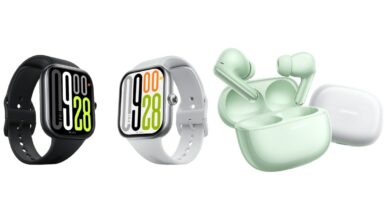‘It unlocks all these new experiences’: iPhone 16 designers explain why the Camera Control has been added
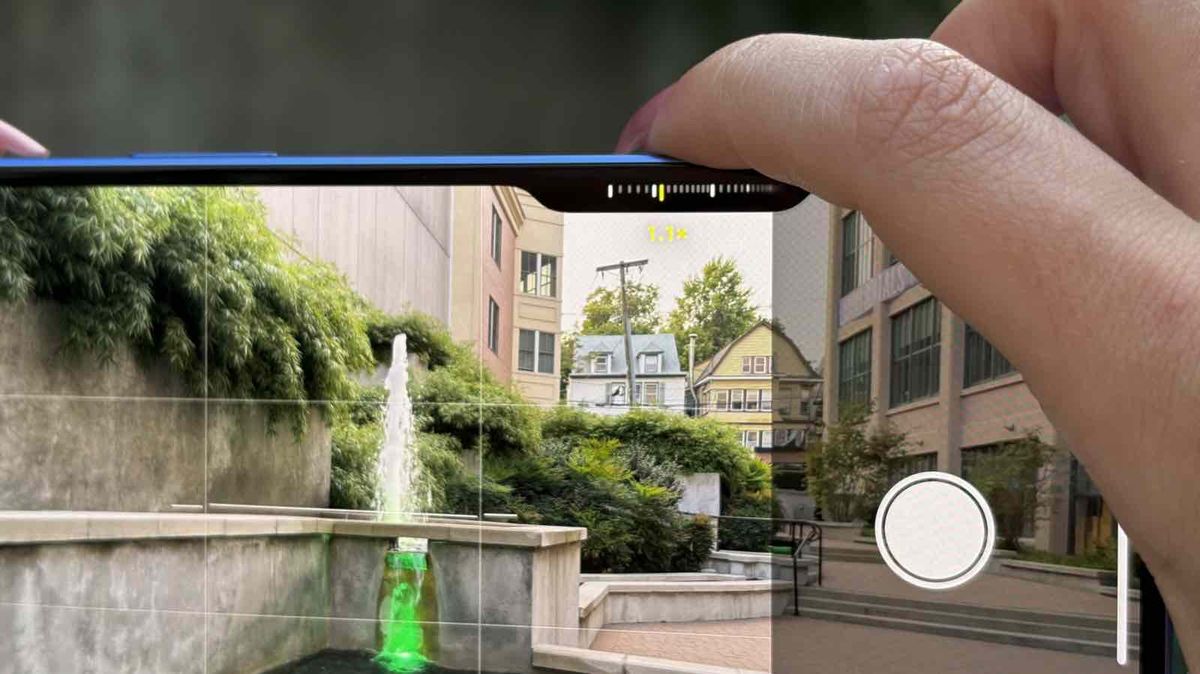
When it comes to the iPhone 16, iPhone 16 Plus, iPhone 16 Pro, and iPhone 16 Pro Max (or any new iPhone for that matter), most Apple fans don’t expect to hear much about the design process outside of official Apple events.
So it’s a pleasant surprise to see that two Apple designers have spoken out about the motivations and design process behind one of the most interesting new features of the iPhone 16 family: the Camera Control.
With Apple Intelligence still not ready, the brand new Camera Control is one of the few concrete reasons to upgrade to the iPhone 16. That may be why Apple senior product designer Rich Dinh and human interface designer Johnny Manzari chose to talk about the new buttons talk benefits on Cool Hunting magazine’s Design tangents podcast.
The camera control concept
Dinh explained that the camera controls exist to make taking photos and videos easier: “We asked the question, ‘how can we get closer to one of our visions in the camera experience?’ that is ‘never miss a moment’ […] I think the magic of Camera Control is the fast shooting experience that brings us a little closer.”
Manzari added: “The exciting thing about Camera Control is that it makes a lot of improvements on the real basics, so when you click it quickly launches in the camera, click again and it takes a photo, click and hold and it made a video. All this happens without you having to adjust your grip or make any changes. It’s actually just the fastest experience we’ve ever had.”
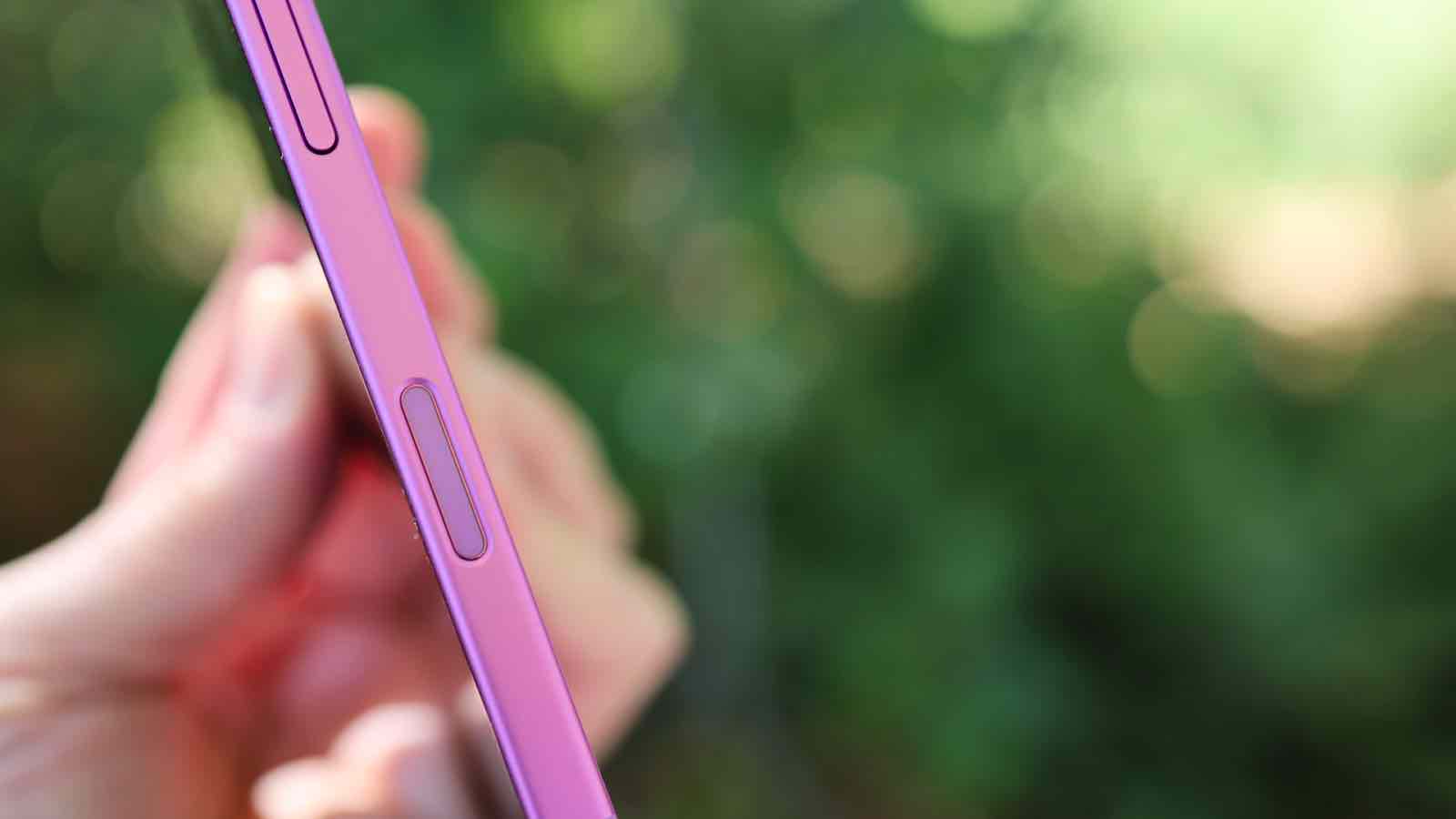
He also noted that the Camera Control is a technological first for Apple: “This is a combination of a force sensor and a capacitive sensor on this mechanical button, a first for Apple – we’ve never really done that before, but it already unlocks these new experiences.”
Dinh added: “You physically move the button by half-pressing it, and we use the force sensor underneath to detect that tiny micron-scale movement, send a signal to the Taptic engine and really give you that haptic feedback. ”
He also said that the Camera Control is designed with the “finest materials,” with durability and aesthetics in mind: “you have sapphire, you have a stainless steel bezel and on the iPhone 16 you have aluminum around it – all those things have to match in color fit together.”
Dinh continued: “The amazing thing about the button is that it lies flat. We hope the phone is very similar to your phone today in the way you grip and handle it, but we’ve added a little bevel to give that really nice half-press and full-press experience.
Family-oriented functionality
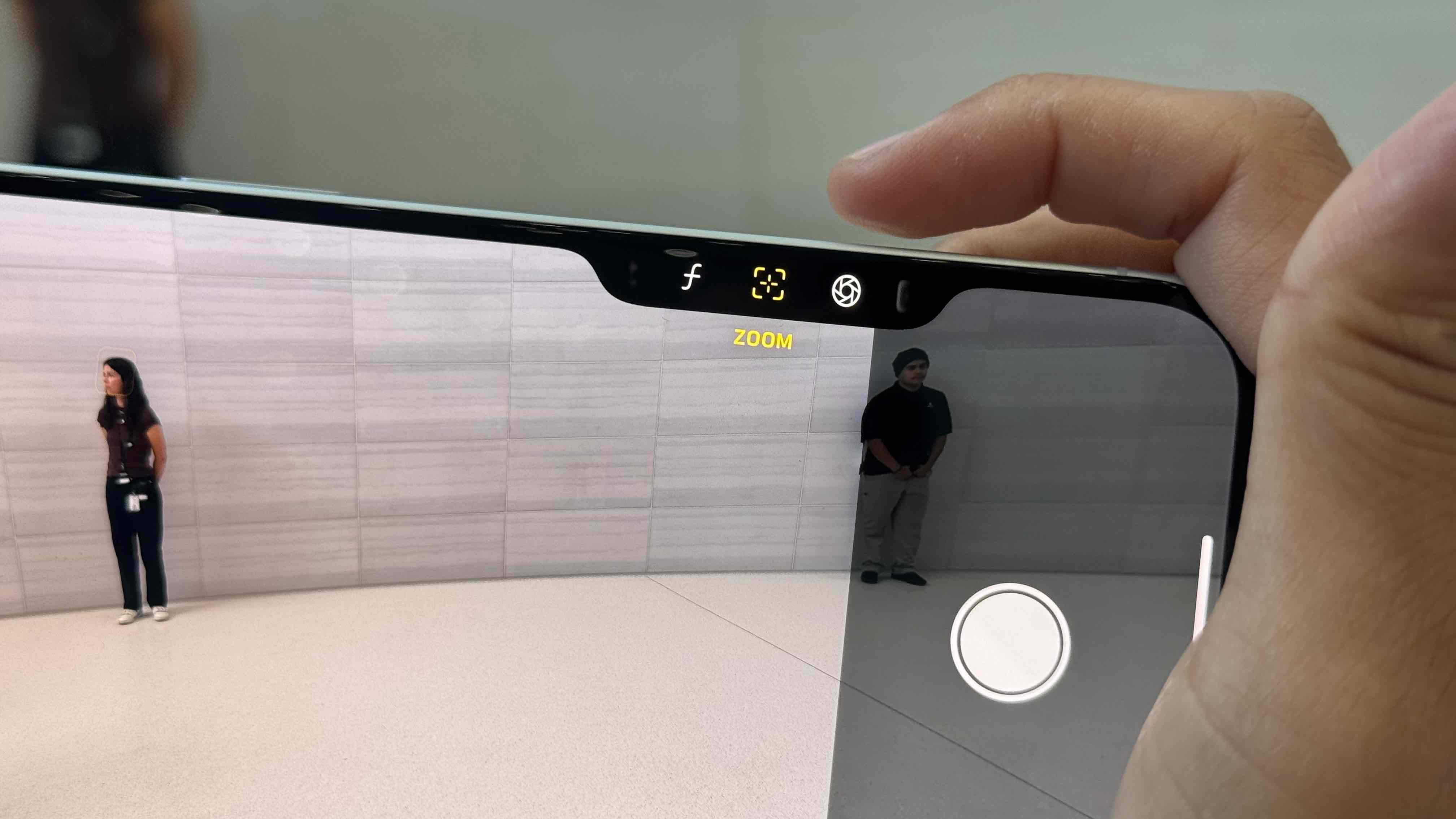
In usual Apple style, the pair were sure to connect camera controls – and the iPhone in general – to real-world and family experiences.
Manzari said: “Then my daughter […] was small, I used much more traditional camera equipment. And over the years, it’s really shifted to the iPhone […] It’s just much easier to deal with your kids if you don’t take a lot of stuff with you.”
He added that the iPhone’s “precise, yet playful” tools should be as useful to a small child as they are to a professional photographer.
Dinh said: “I have two little kids, a two and a half year old and a six year old, and they both do the funniest things, but with camera control you can go ahead and capture that video – I have videos that otherwise would probably would not have been recorded.
He continued, “When you ask someone to do something again, it’s not the same, so it was great to have that instant recording.”
The full 27 minute episode by Design tangents is available from Cool Hunting, and for the latest tech news and analysis, also check out the TechRadar podcast.
And, as always, check out our iPhone coverage for the latest news, tips and updates on Apple’s smartphone range.
Camera controls: our verdict
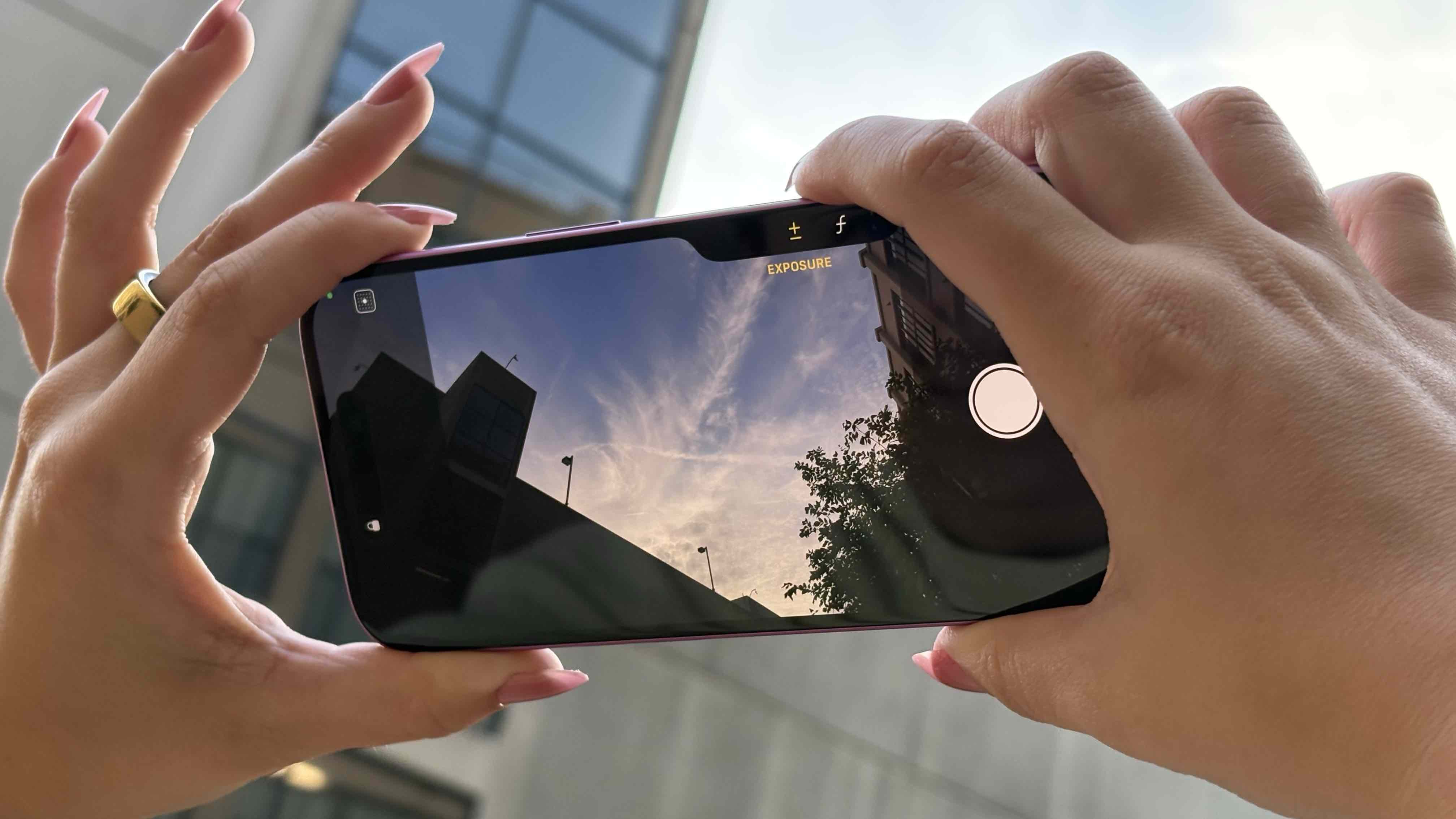
Are the camera controls actually as “great” as Apple suggests? The people who designed it would hardly mention any cons, so here’s a more balanced view.
First off, the camera controls are really exciting, and as the designers say, it’s the first time Apple has implemented this kind of technology – that’s a fact, not an opinion.
In our reviews of the iPhone 16 range, we found the camera controls to be an “excellent addition to the iPhone”, adding a lot of functionality in an intuitive way.
Likewise, we found Dinh’s claims that the camera controls are made with high-quality materials to be accurate; as we note in our iPhone 16 review, the new button feels “super high-end, even on the affordable iPhone 16.”
That said, Camera Control isn’t immune to the staggered – well, messy – rollout of the iPhone 16’s full feature set. The most natural use for a button like this is a combination of a half-press of focus and a full press the shutter, but this is not yet available.
We also found the button awkwardly placed for vertical photo and video recording.
However, connecting it to the ergonomics of traditional cameras, and thus encouraging landscape photography, fits with Apple’s more traditional stance on photography in the age of AI. Cupertino has firmly sided with the idea that photos are images of what actually happenedrather than Google’s more ambiguous ‘memory’ based approach.
However, vertical video is becoming an increasingly popular and important format, and as it stands, camera controls are tricky to use in this way; In any case, any ideas about tradition are somewhat undermined by the coming AI cleanup tools.
Ultimately, the camera controls are a great addition, and we’re thrilled to see Apple adding such an inventive and useful feature to the entire iPhone range, but in typical Apple style, it’s best at a certain, predetermined way are used.



